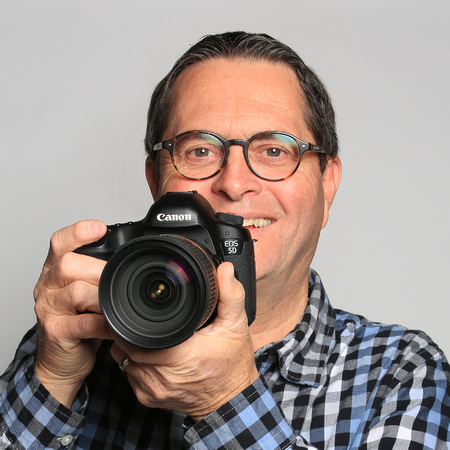
Each photographer tries to get the model to show a variety of emotions: from joy to fright and horror. If the model fails, then lighting comes to the rescue. Interestingly, this trend can be traced not only in the field of photography. The concept of light is used in speech to convey the state and qualities of a person, for example: "glow with happiness", "dark horse".
J.P. Morgan has revealed that light can create a model's emotions in four different ways.
Contrast is the ratio of the amount of light that falls on the illuminated side and on the shadow side of the face. Changing the exposure allows you to change the expression of your face.
Morgan asked the model to demonstrate three different emotions: happiness, sadness and anger. As you can see from the pictures he took, under the side lighting, which provides a strong contrast, emotions are slightly distorted. Brighter lighting softens the facial features. Therefore, it is better to use higher light ratio coefficients to convey, for example, the depressed state of a person.
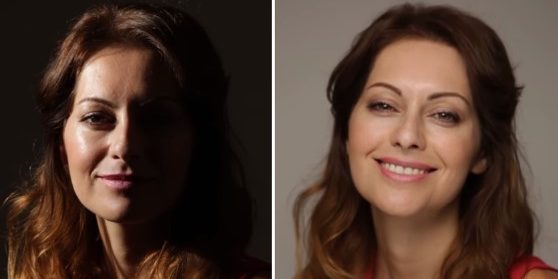
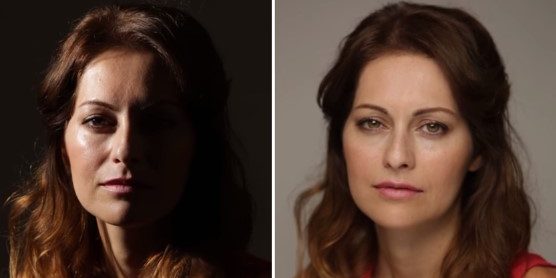
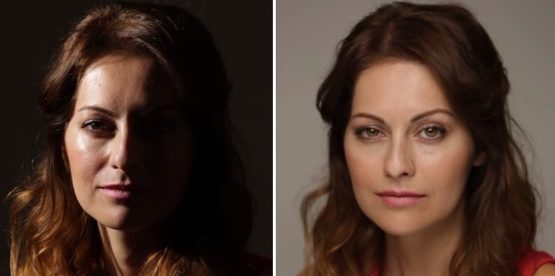
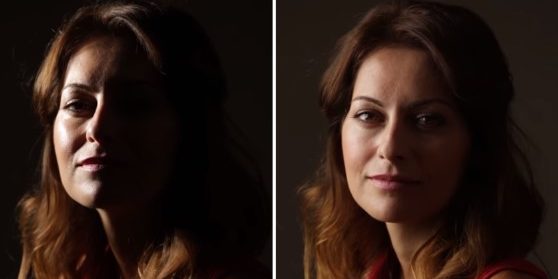
Color directly affects our mood. For example, for the house, we choose warmer colors that give us a feeling of comfort. The same goes for photography. The color of the lighting affects the viewer's perception of it.
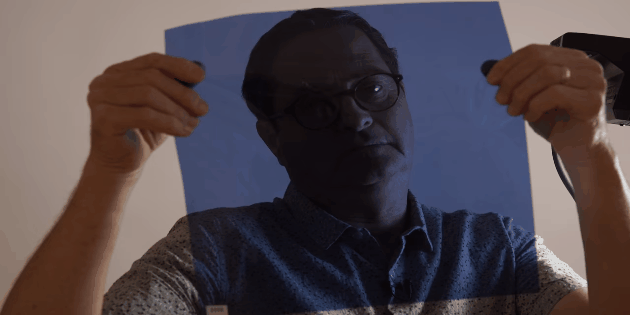
The dark bluish light adds drama to the picture.
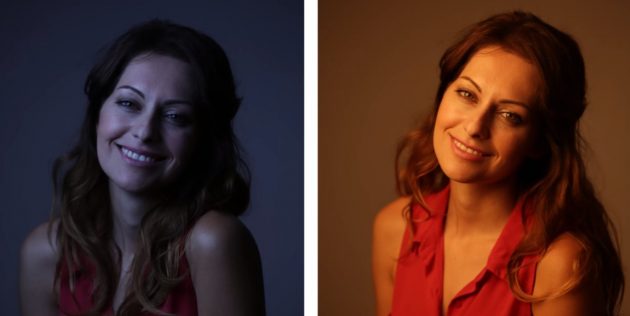

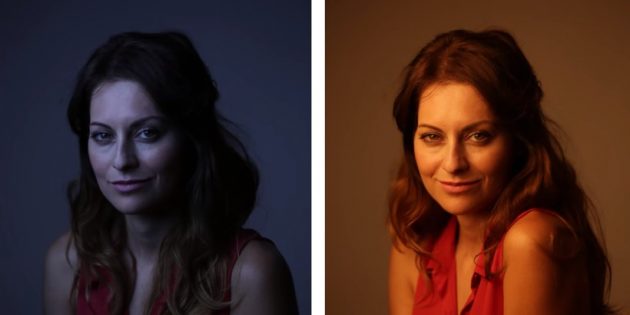
We are used to the light always falling on us from above. If you shift its direction, you will get a different effect on the photo.
The light directed at the model from below will give it a slightly sinister appearance. This is a kind of effect of a horror movie or gatherings with scary stories around a campfire at night.

In this photo, the model shows the same emotion. But you may notice how your perception of the image changes depending on the direction of the light.
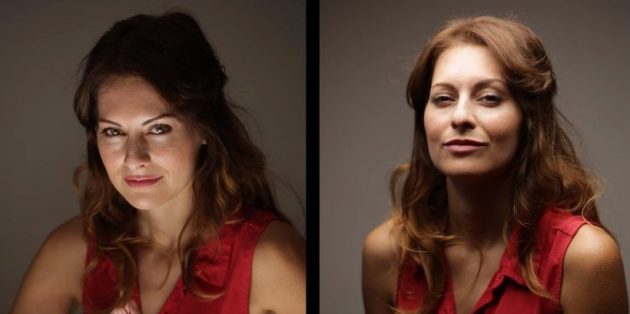
Playing with light will open up a lot of new photo opportunities for you.
